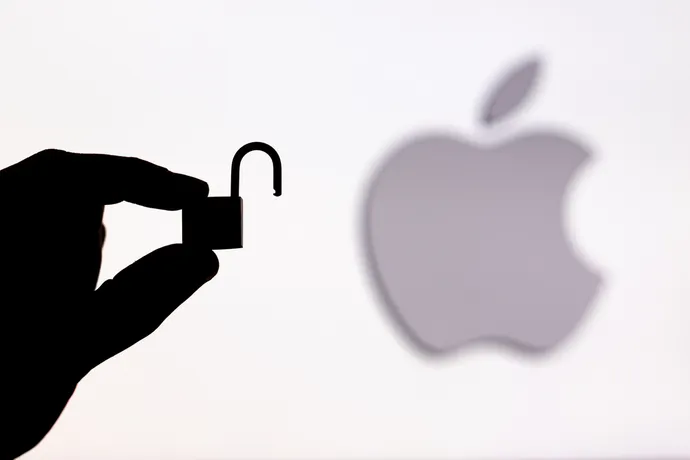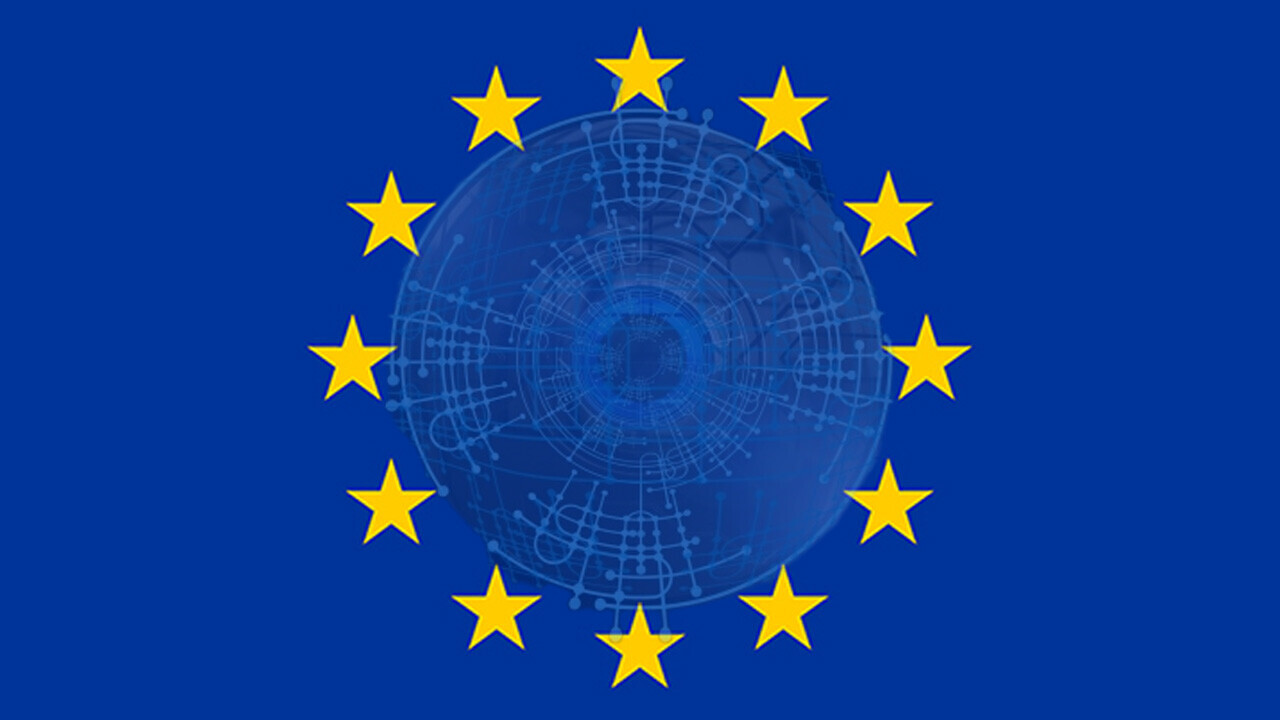AI & Synthetic Data's Analysis Of Human Movement

One of the special applications of AI poses estimation, a computer vision
approach that aids in determining the position and orientation of the human body
from an image of a person. It can be utilized, for instance, in markerless
motion capture, worker position analysis, and avatar animation for virtual
reality. It is required to take numerous pictures of the human actor and its
surrounding environment to properly analyze posture. The joints of the human
actor are then identified in these photos using a trained convolutional neural
network. AI-based fitness apps typically take advantage of the camera on the
device to record films up to 720p and 60fps to capture more frames while an
exercise is being performed. The issue is that when utilizing a method like a
posture estimation, computer vision experts require enormous volumes of visual
data to train AI for fitness assessments. Data involving humans engaging in many
types of exercise and interacting with several items is quite complicated. To
prevent bias, the data must also have high variance and be sufficiently
broad.
Why Vulnerability May Be a Leader's Greatest Strength
As leaders, we owe it to our teams to admit when we make a mistake, but it takes
vulnerability to admit that we can be wrong. For example, imagine someone
recommended a change that I turned it down but later recognized as the right
move. There is value in providing an explanation of what made me go in that
direction, but ultimately, I need to take responsibility for being wrong. People
respect it when others, especially those in leadership, demonstrate the
vulnerability it takes to acknowledge they, too, are only human. Leadership
vulnerability drives the courage to innovate and trust among team members, with
benefits that ripple into their engagement, satisfaction and retention. Mistakes
happen, but a leader who pretends to be perfect and expects perfection ends up
with a team too frightened to come clean about their mistakes. They either avoid
admitting when they make them or avoid the risk of making them altogether,
holding back creativity, innovation and new ideas.
Google Patches Chrome’s Fifth Zero-Day of the Year

“Publicizing details on an actively exploited zero-day vulnerability just as a
patch becomes available could have dire consequences, because it takes time to
roll out security updates to vulnerable systems and attackers are champing at
the bit to exploit these types of flaws,” observed Satnam Narang, senior staff
research engineer at cybersecurity firm Tenable, in an email to Threatpost.
Holding back info is also sound given that other Linux distributions and
browsers, such as Microsoft Edge, also include code based on Google’s Chromium
Project. These all could be affected if an exploit for a vulnerability is
released, he said. “It is extremely valuable for defenders to have that
buffer,” Narang added. While the majority of the fixes in the update are for
vulnerabilities rated as high or medium risk, Google did patch a critical bug
tracked as CVE-2022-2852, a use-after-free issue in FedCM reported by Sergei
Glazunov of Google Project Zero on Aug. 8. FedCM—short for the Federated
Credential Management API–provides a use-case-specific abstraction for
federated identity flows on the web, according to Google.
CyberArk Channel Chief: Huge Amount Of Momentum Around SaaS
“We have a huge amount of momentum with our partners around SaaS,” Moore said
in an interview with CRN, a week after CyberArk announced impressive
second-quarter general revenues and subscription revenues tied to its new
products and SasS strategies. CyberArk, with headquarters in Newton, Mass. and
Petach Tikva, Israel, is now about halfway through its 36-month-long global
channel transformation that includes a new emphasis on SaaS and subscriptions,
said Moore, who joined CyberArk two years ago as its senior vice president of
global channels. “Our channel partners love SaaS and love subscriptions, for
all the reasons we love SaaS and subscriptions,” he said. ... In particular,
he said he likes the fact that CyberArk is now providing earlier access to its
new technologies and resources, giving his firm more time to convince
customers about the pluses of CyberArk’s offerings. “It’s been nothing but
positive,” he said of Optiv’s partnership with CyberArk.
Data Science Vs. Machine Learning: What’s The Difference?

Machine learning is a subset of data science that applies algorithms to make
predictions about future events from data. Data scientists use machine
learning to find patterns in data, make predictions, and improve the accuracy
of future predictions. Data science is a broader field that includes
techniques like predictive modeling, feature engineering, and data analysis.
It involves understanding how data can be used to improve business outcomes.
Data scientists use machine learning to analyze and understand data sets,
making predictions about the relationships between variables. Some key
differences between the two fields include: Machine learning is a
probabilistic approach that uses algorithms to learn from data; Data
science is focused on understanding and extracting knowledge from data.
Machine learning is focused on making automated decisions using
data; Machine learning is often used to solve problems where there is a
lot of historical data, while data science is used more for situations where
there is not as much historical data; and Data scientists often
profoundly understand the problem they are trying to solve and use that
understanding to develop machine learning models.
How SaaS transforms software development

SaaS applications end the fear of delivering an unknown, showstopper bug to
customers, without any way to fix it for weeks or months. The days of
delivering a patch to an installed product have gone by the wayside. Instead,
if a catastrophic bug does wend its way through the development pipeline and
into production, you can know about it as soon as it strikes. You can take
immediate action—roll back to a known good state or flip off a feature
flag—practically before any of your customers even notice. Often, you can fix
the bug and deploy the fix in a matter of minutes instead of months. And it’s
not just bugs. You no longer have to hold new features as “inventory,” waiting
for the next major release. It used to be that if you built a new feature in
the first few weeks after a major release, that feature would have to wait
potentially months before being made available to customers. Now, a SaaS
application can deliver a new feature immediately to customers whenever the
team says it is ready.
Welcome To 2032: A Merged Physical/Digital World

We are starting to evolve beyond classical computing into a new data era called
quantum computing. It is envisioned that quantum computing will accelerate us
into the future by impacting the landscape of artificial intelligence and data
analytics. The quantum computing power and speed will help us solve some of the
biggest and most complex challenges we face as humans. ... Science is already
making great advances in brain/computer interface. This may include neuromorphic
chips and brain mapping. Brain-computer interfaces are formed via emerging
assistive devices that have implantable sensors that record electrical signals
in the brain and use those signals to drive external devices. Eventually these
nano-chips may be implanted into our brains, artificially augmenting human
thought and reasoning capabilities, and we may be able to upload intelligent
data and cognitive resources to our brains by 2032. ... The areas of health and
medicine will witness a profound growth of technological innovation by 2032.
Numerous breakthroughs in genomics anti-aging therapies will extend our
longevity and quality of life.
Patch Now: 2 Apple Zero-Days Exploited in Wild

Security researchers are urging users of Apple Mac, iPhone, and iPad devices to
immediately update to newly released versions of the operating systems for each
technology, to mitigate risk from two critical vulnerabilities in them that
attackers are actively exploiting. The zero-day flaws allow threat actors to
take complete control of affected devices. They impact users of iPhone 6s and
later, all models of iPad Pro, iPod touch (7th generation), iPad Ai2 and later,
iPad 5th generation and later, and iPad mini 4 and later. Also affected are
users with Macs running macOS Monterey, macOS Big Sur, and macOS Catalina. Apple
disclosed the vulnerabilities and the updates addressing them on Wednesday. One
of the zero-days (CVE-2022-32893) exists in WebKit, Apple's browser engine for
Safari and for all iOS and iPadOS Web browsers. Apple described the flaw as tied
to an out-of-bounds write issue that attackers could use to remotely take
control of vulnerable devices.
A critical review of the EU’s ‘Ethics Guidelines for Trustworthy AI’

The majority of AI models in production today are “black box” systems that, by
the very nature of their architecture, produce outputs using far too many steps
of abstraction, deduction, or conflation for a human to parse. In other words, a
given AI system might use billions of different parameters to produce an output.
In order to understand why it produced that particular outcome instead of a
different one, we’d have to review each of those parameters step-by-step so that
we could come to the exact same conclusion as the machine. A solution: the EU
should adopt a strict policy preventing the deployment of opaque or black box
artificial intelligence systems that produce outputs that could affect human
outcomes unless a designated human authority can be held fully accountable for
unintended negative outcomes. ... There’s currently no political consensus as to
who’s responsible when AI goes wrong. If the EU’s airport facial recognition
systems, for example, mistakenly identify a passenger and the resulting inquiry
causes them financial harm or unnecessary mental anguish, there’s nobody who can
be held responsible for the mistake.
Chipping Away at the Monolith: Applying MVPs and MVAs to Legacy Applications
Organizations are sometimes tempted to do extra technical work, to modernize, or
reduce their technical debt because, as they may rationalize, "we’re going to be
working on that part of the application anyway, so we should clean things up
while we are there." While well-intentioned, this is almost always a bad
decision that results in unnecessary cost and delay because once started, it’s
very hard to decide to stop. This is where the concept of the MVA pays
dividends: it gives everyone a way to decide what changes must be made, and
which changes should not be made, at least not yet. If a change is necessary to
deliver the desired customer outcome for a release, then it’s part of the MVA,
otherwise, it’s out. Sometimes, a team may look at the changes needed to an
application and decide, considering the state of the code, that a complete
rewrite is in order. The MVA concept, applied to legacy applications, helps to
temper that by questioning whether the changes are really necessary to produce
the incremental improvements in customer outcomes that are desired.
Quote for the day:
"The art of communication is the
language of leadership." -- James Humes
No comments:
Post a Comment